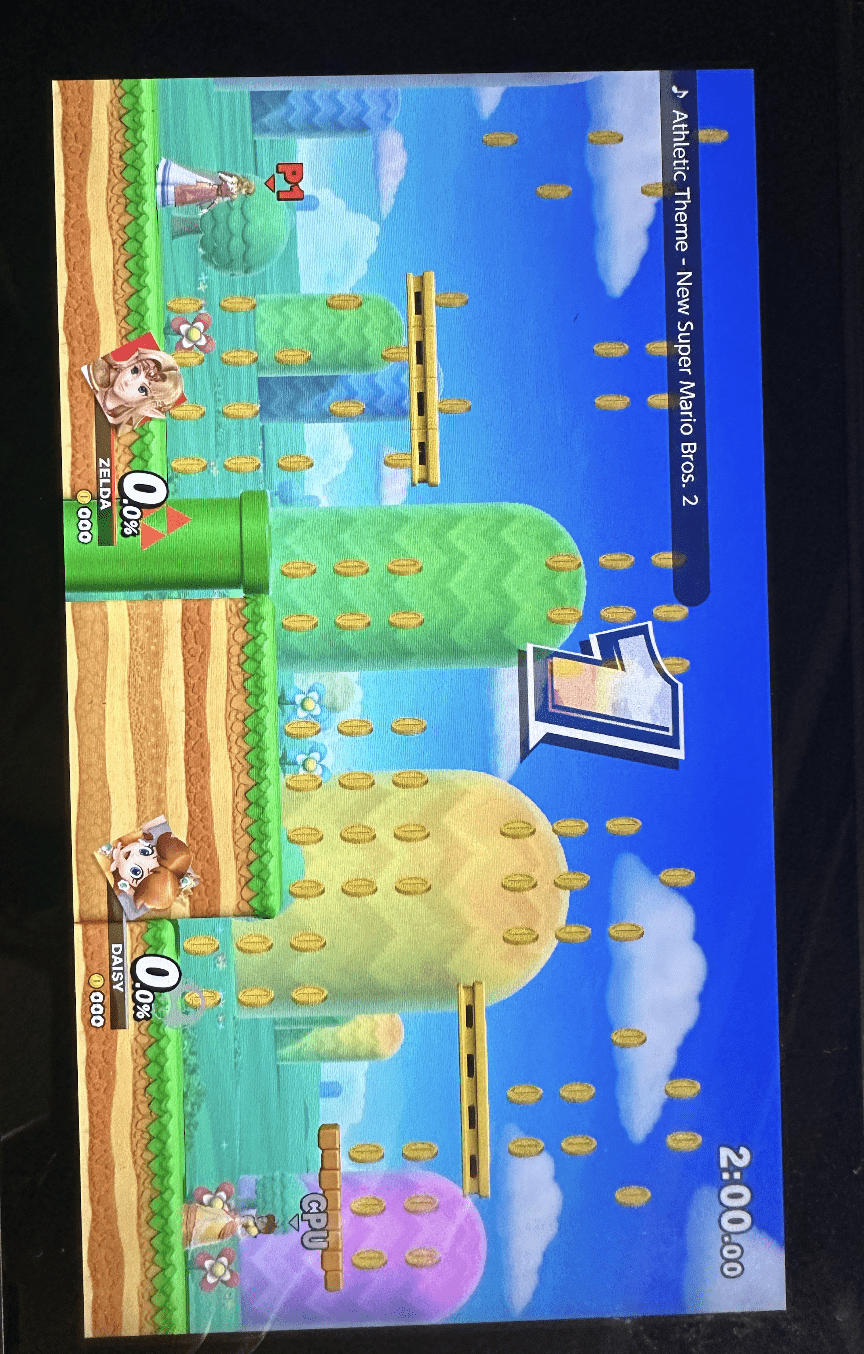Super Smash Bros., created by Masahiro Sakurai and published by Nintendo, is a popular fighting game series played on various Nintendo platforms. The game features a diverse roster of characters from different franchises, providing a unique gaming experience. However, when viewed through a feminist lens, the game presents both progressive elements and areas for improvement.
Target Audience and Game Overview
Smash is primarily targeted towards a broad demographic of gamers, ranging from casual players to competitive gamers. The game is known for its diverse roster of characters, each with unique abilities and play styles. For this analysis, I chose to play as Isabelle from Animal Crossing and Zelda from The Legend of Zelda, two characters that can be said to challenge traditional notions of femininity in gaming.
Central Argument: While Super Smash Bros. showcases a range of female characters, I argue that the game could benefit from a more inclusive and diverse representation of gender. The game has made strides in challenging traditional gender norms (like increasing its ratio of female to male characters over the years), but there is still room for improvement in promoting intersectional feminism and incorporating more effort in building an image of its female characters as relatable and fun to play with.
Analysis and Critique
First and foremost, even though the game has mostly male players, there is an abundance of options should one want to play a female character. The game is pretty easy to pick up (to get started at least, not necessarily get good). This is because the common beginner strategy of “button spamming” actually works quite well unless you’re up against a well-seasoned foe. I think this ties in nicely with Chess’s point that the barrier for entry for women to become “gamers” is relatively high, so a lot of us end up being “casual” players. Smash is a great option for casual players with lots of options for female players to pick.
However, the game falls short in its representation of gender diversity. Female characters are still vastly outnumbered by their male counterparts, and there is a lack of characters representing diverse races, sexualities, and backgrounds. This lack of representation is a missed opportunity to showcase a wider range of experiences and identities. Furthermore, I’ve seen some “lazy” development in female characters like Peach and Daisy having basically identical attacks—they only vary in their appearance. This occurs for male characters as well (like Pikachu and Picchu), but since they are better represented, the female characters warrant more effort in creating compelling gameplays around them in order to incentivise more people to play with them.
The easiest argument for the feminist defending Smash is that the game defies the stereotype of female characters being passive or needing rescue. Each Smash characters has its own unique set of attacks and defenses, and they are all approximately equivalent in strength. How well a character performs relies much more on the player’s knowledge of how to use them over their innate abilities. Hence, for anyone who knows how to use them, the female characters are just as “strong” as the male characters.
However, I’d still argue that the female characters get the short end of the stick. In my personal experience playing, I’ve found that the female characters are perceived to be weaker, so people invest less time in learning their attacks. If you are less aware of how to use their attacks well, the character will seem weaker when compared to a character you’re used to playing with.
The game’s mechanics, while innovative and engaging, could be used to further promote feminist ideals. Since one’s performance using a character largely depends on their ability to use them and how familiar they are with their attacks, it is important that the game’s designers incorporate diverse and interesting attacks and mechanics for each female player, rather than using repeat attacks across several different players. I would also like to see far more women of colour and women representing different sexual orientations and gender identities, as I mentioned before. Simply having a few female characters does not mean that the game succeeds from an intersectional feminism perspective.

This reading reminded me a lot of one of the chapters I read in a book called Invisible Women. The author gives an example of male Assassin’s Creed players arguing that the new female protagonist the game had introduced was “hard to relate to” and ruined their experience. This, of course, begs the question of how women are meant to relate to largely male character options in games, as well as how these male players find it easier to relate to a speedy blue hedgehog than a female human.
Discussion Question
 How can video games like Super Smash Bros. better incorporate feminist perspectives into their mechanics and narratives to promote empathy and understanding among players, when the game is clearly devoid of a plot and narrative?
How can video games like Super Smash Bros. better incorporate feminist perspectives into their mechanics and narratives to promote empathy and understanding among players, when the game is clearly devoid of a plot and narrative?
Why are feminine characters still difficult to relate to for men, despite women commonly being able to play in a man’s shoes? Is it because of their perceived weakness, or because they are not seen as similar to men? Why, then is Pikachu a viable character to relate to?




